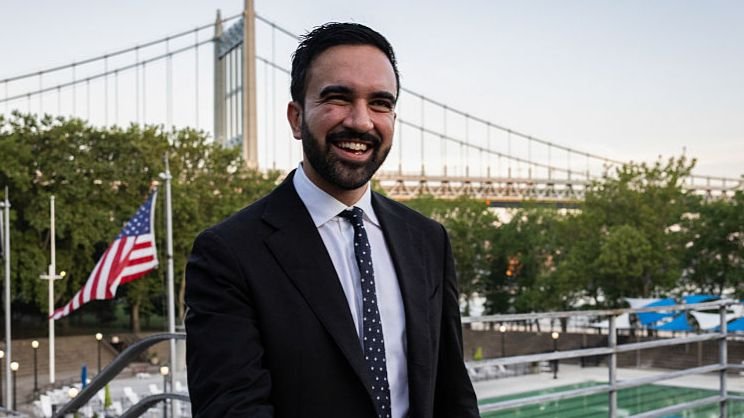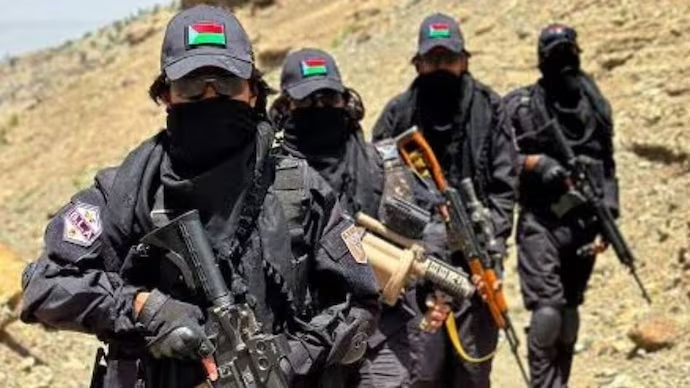As the Israel-Hamas war enters its tenth month, Gaza is grappling with a humanitarian disaster that is worsening by the day. Starvation is no longer a looming threat—it is a grim and growing reality. In northern Gaza, particularly in areas like Jabalia and Beit Lahia, desperation is palpable. Families are forced to choose between dying from hunger or fleeing through active war zones. Aid workers describe the scenes as heartbreaking: mothers boiling weeds to feed their children, toddlers crying from hunger with no food in sight, and families burying children who simply wasted away.
According to Hindustan Times, the situation is so dire that the World Health Organization, citing an alarming report by the Integrated Food Security Phase Classification (IPC), warned that if the current conditions persist, nearly 71,000 children under the age of five in Gaza could suffer from acute malnutrition over the next eleven months. With a collapsed health system and limited access to humanitarian aid, these numbers are likely to translate into an unspeakable loss of life.
Despite repeated international appeals, very little aid is making it into the war-ravaged enclave. Aid trucks are stuck at the Rafah and Kerem Shalom crossings, unable to move due to clearance delays, damaged roads, and security concerns. Israel accuses Hamas of hijacking and hoarding humanitarian supplies. However, multiple aid organizations say the primary barriers are the ongoing airstrikes and military restrictions, which make it nearly impossible to distribute food and medicine safely within Gaza.
Children are paying the heaviest price. Health workers report that the number of severely undernourished children has exceeded 3,000 in northern Gaza alone. In overcrowded shelters and makeshift tents, medical volunteers are treating children with swollen bellies and brittle limbs—classic signs of prolonged starvation. Many children are simply not surviving. “We’re losing them to hunger before our eyes,” said a pediatric nurse working with a local aid group.
The destruction of Gaza’s already fragile infrastructure has further compounded the crisis. Hospitals have been bombed or rendered non-functional due to lack of electricity and supplies. Clinics are overwhelmed, and medicines are either expired or unavailable. Clean drinking water is scarce, and sewage systems have collapsed, making the spread of diseases inevitable. For those already weakened by hunger, even minor infections can be fatal.
The psychological trauma is just as severe. Parents speak of the guilt of watching their children starve while being powerless to help. “What do I tell my son when he cries for food? That we have nothing left but grass and dust?” asked a father in Jabalia. Many families have attempted to flee south, but the journey itself is perilous. With airstrikes continuing and safe corridors uncertain, they risk being caught in the crossfire.
The United Nations and global humanitarian groups have repeatedly urged for an immediate ceasefire and unimpeded humanitarian access. UN officials describe the situation as “catastrophic” and “a man-made famine in the making.” However, diplomatic efforts to broker a ceasefire have so far failed to produce lasting results.
Meanwhile, international pressure on both Israel and Hamas continues to build. Rights groups argue that deliberate obstruction of food and medical aid could amount to war crimes. Yet, for the people on the ground in Gaza, these geopolitical debates mean little. All they want is food for their children, safety for their families, and an end to the relentless suffering.
As the world watches, the question remains: how many more lives must be lost before meaningful action is taken?
Photo Credit: HT
For more stories click here
Follow us for latest updates:




